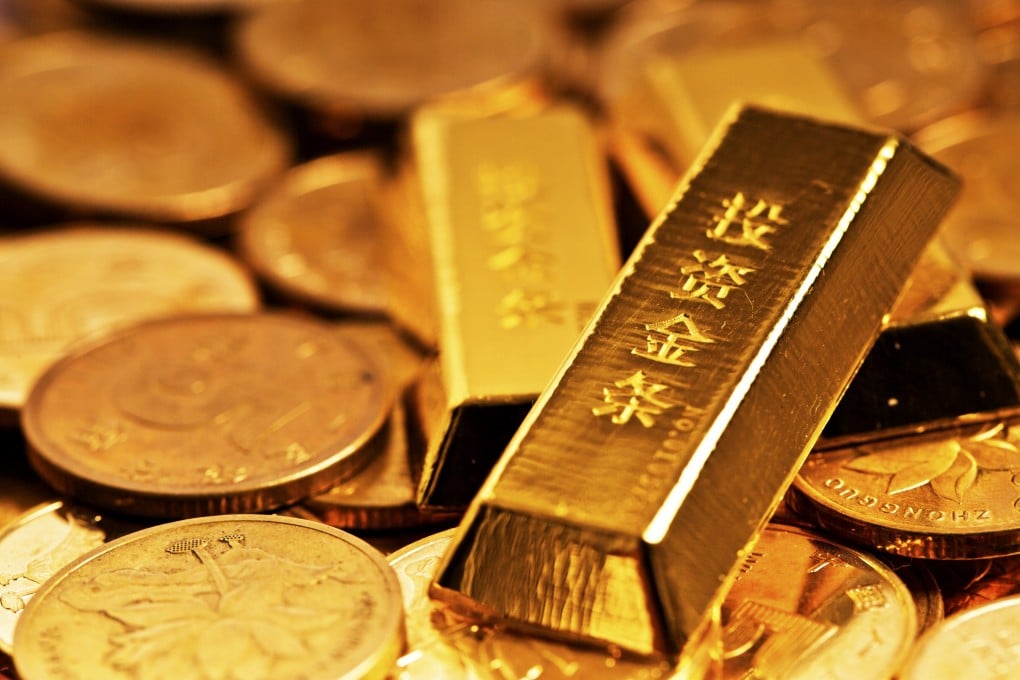Explainer | How Kingold Jewelry’s fake gold bars slipped through scrutiny in one of China’s biggest loan scams
- Kingold Jewelry allegedly passed off gilded copper bars as collateral for US$2.8 billion of loans
- Bullion has to pass through state inspection and be stamped by accredited refiners before being eligible as loan collateral

The amount is equivalent to about 22 per cent of China’s annual gold output in 2019. If they were real, they would be worth about US$4.75 billion on the market today. However, Kingold last reported it held less than the reported amount of the yellow metal in its books.
The jeweller, based in Wuhan in central Hubei province, has denied any wrongdoing, according to Caixin. The company has not made any exchange filing regarding the accusation in the Caixin report. It also did not reply to emails and phone messages seeking comment.
Who are Kingold’s biggest lenders?
Kingold Jewelry indicated on May 14 that it would publish its 2019 annual accounts no later than June 29, citing audit delays caused by the coronavirus pandemic. The results are still not available, according to its 10-K filings in New York.